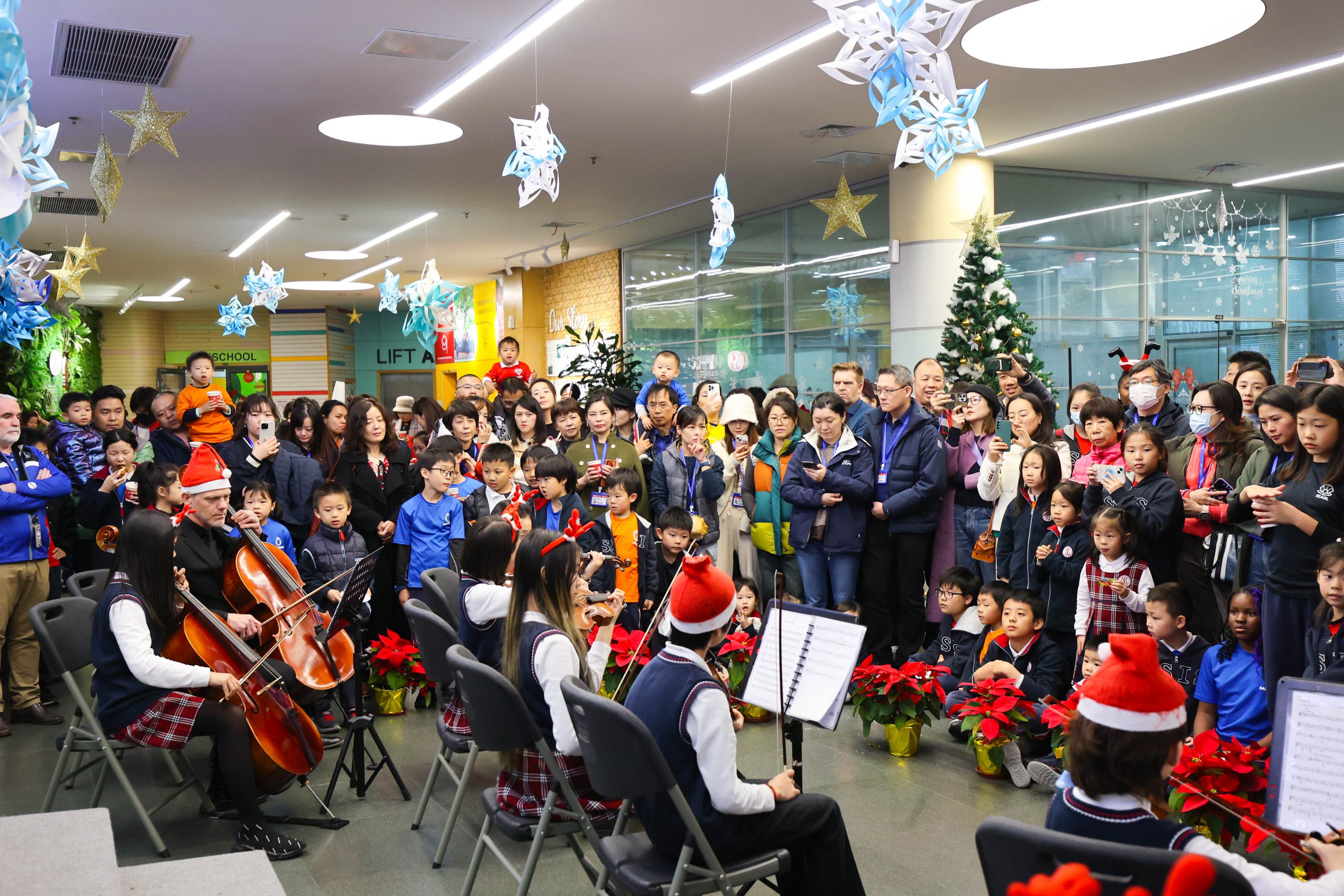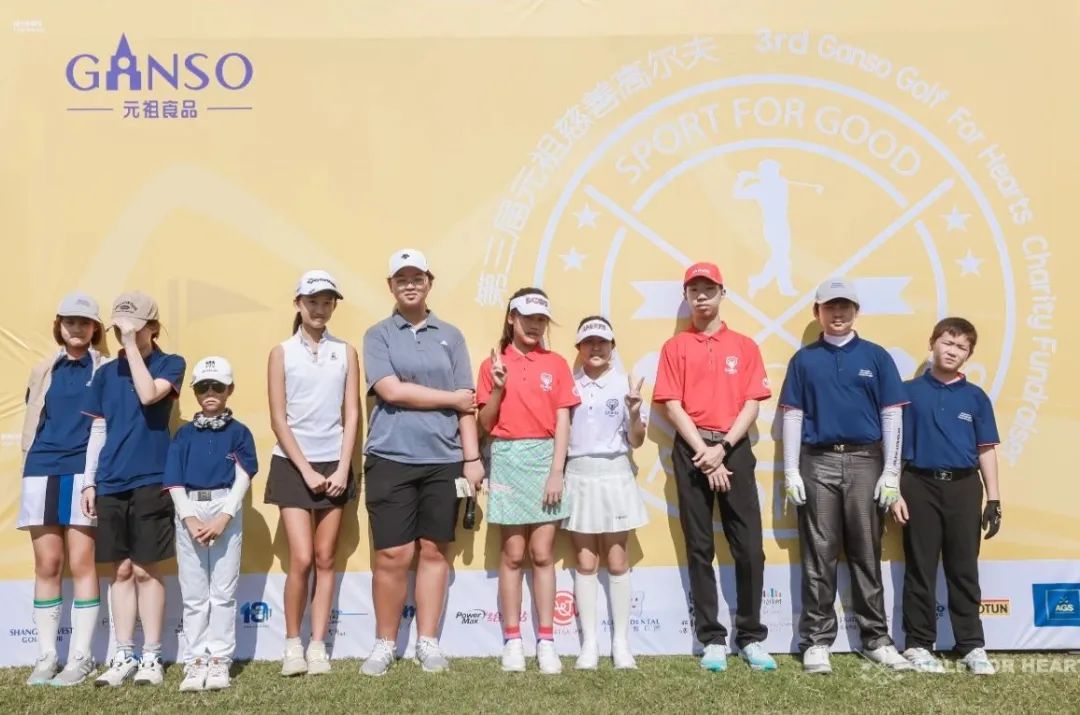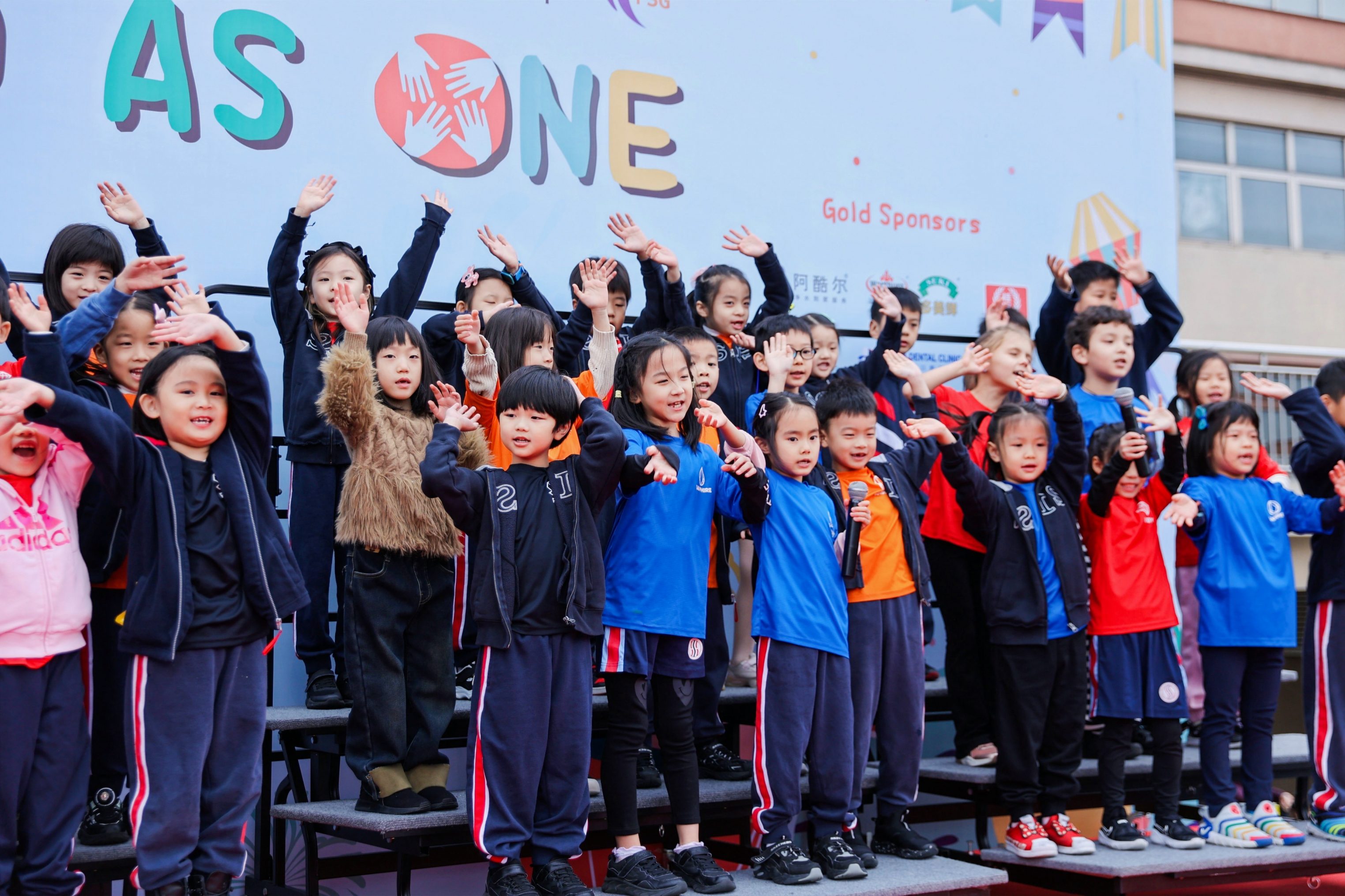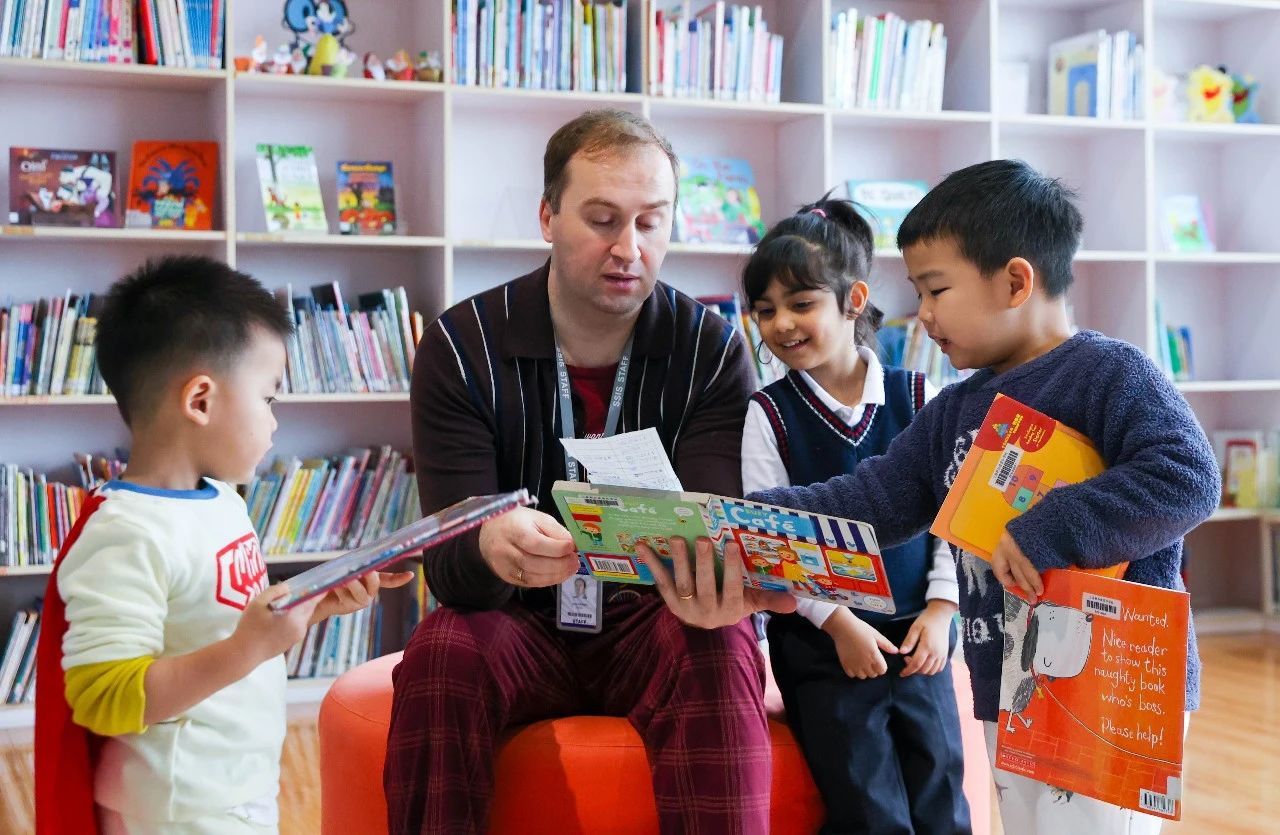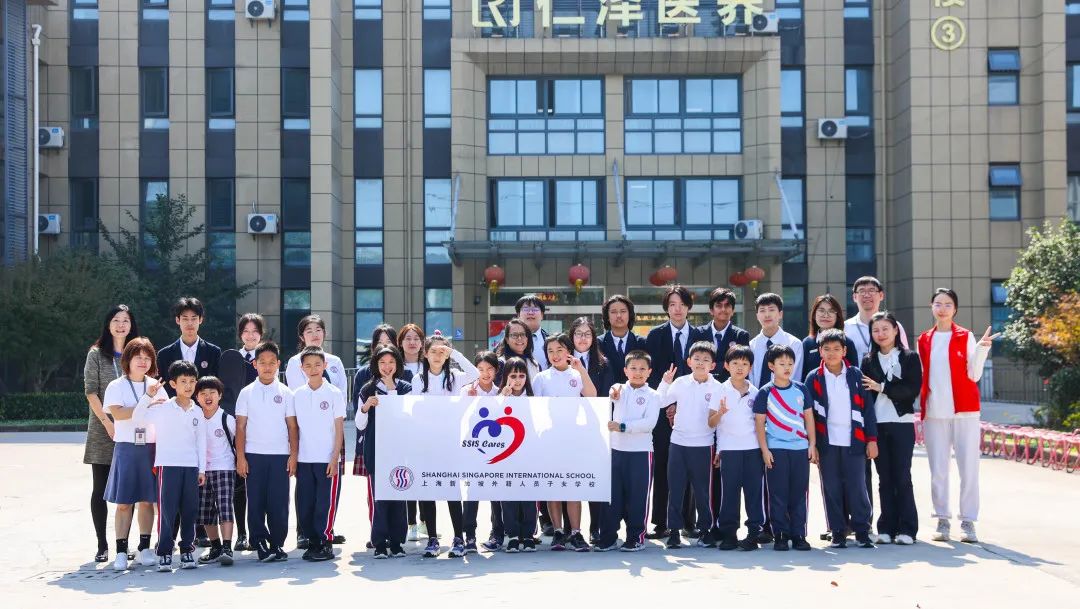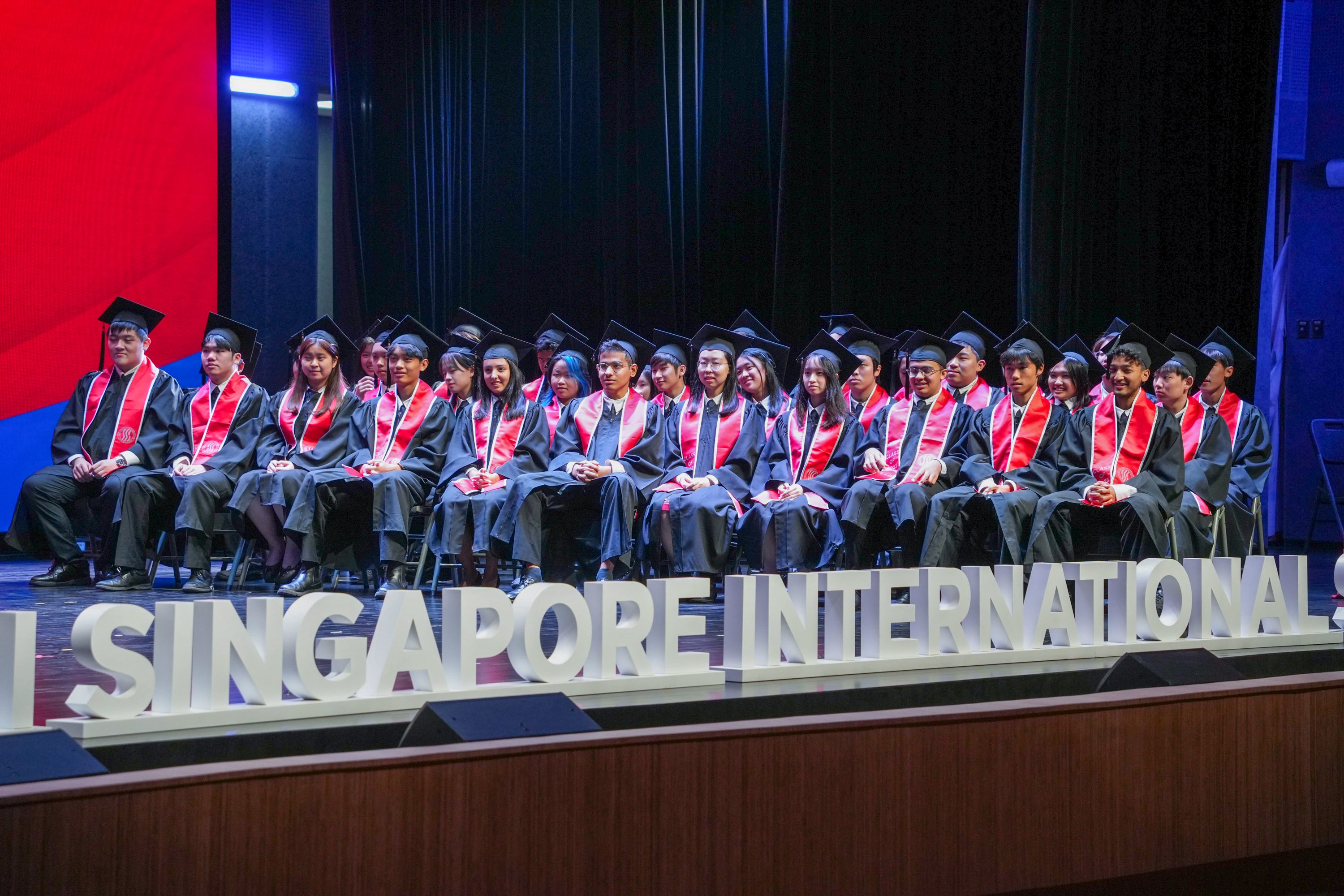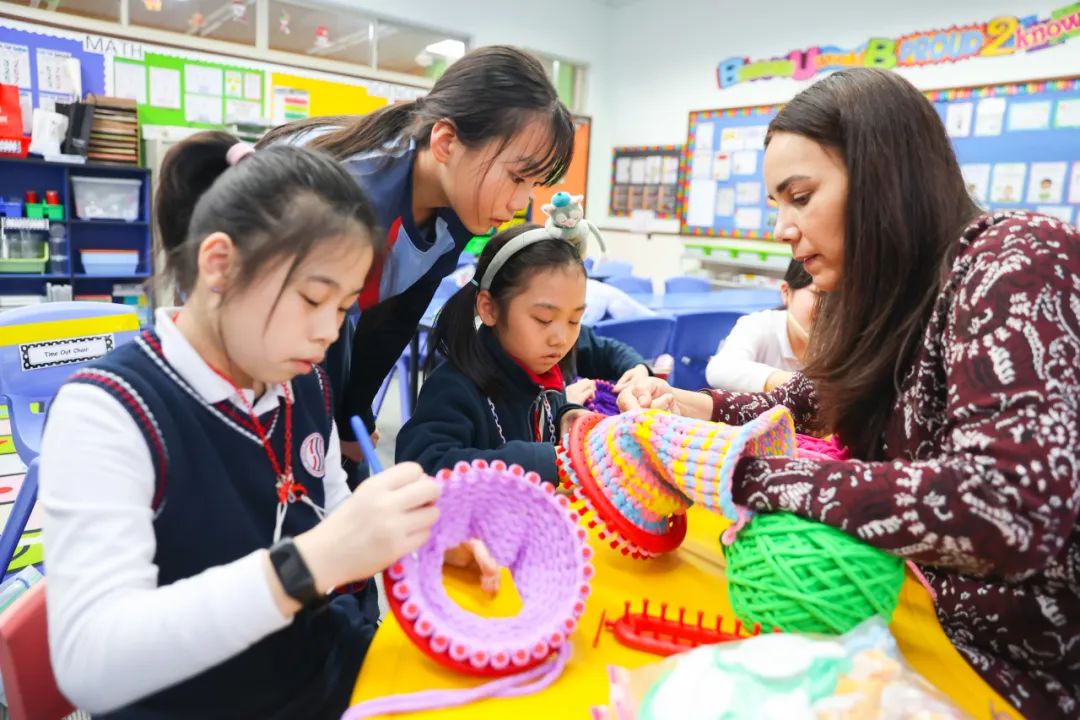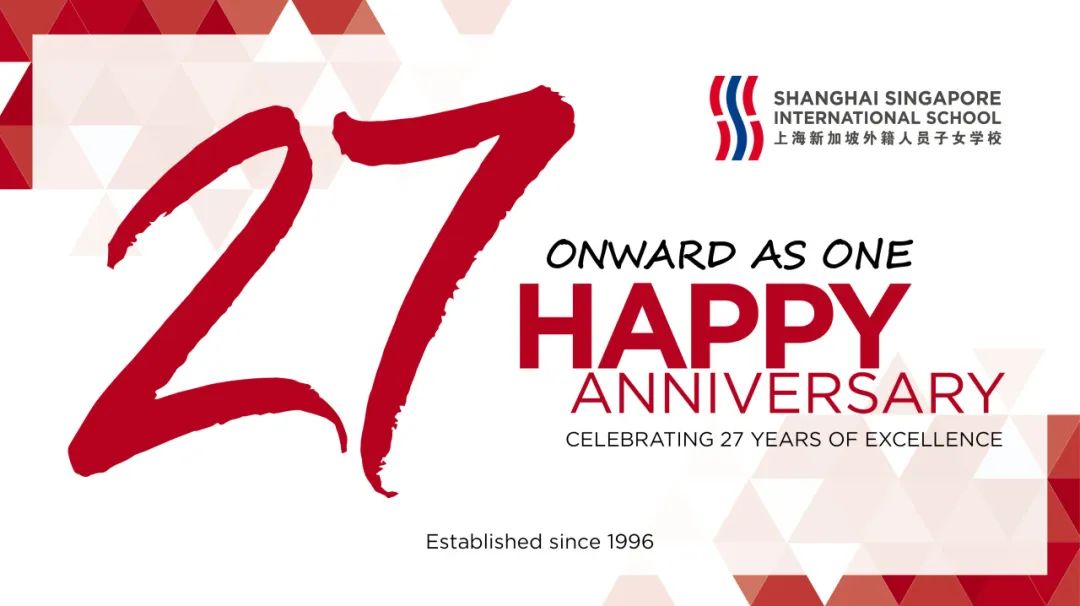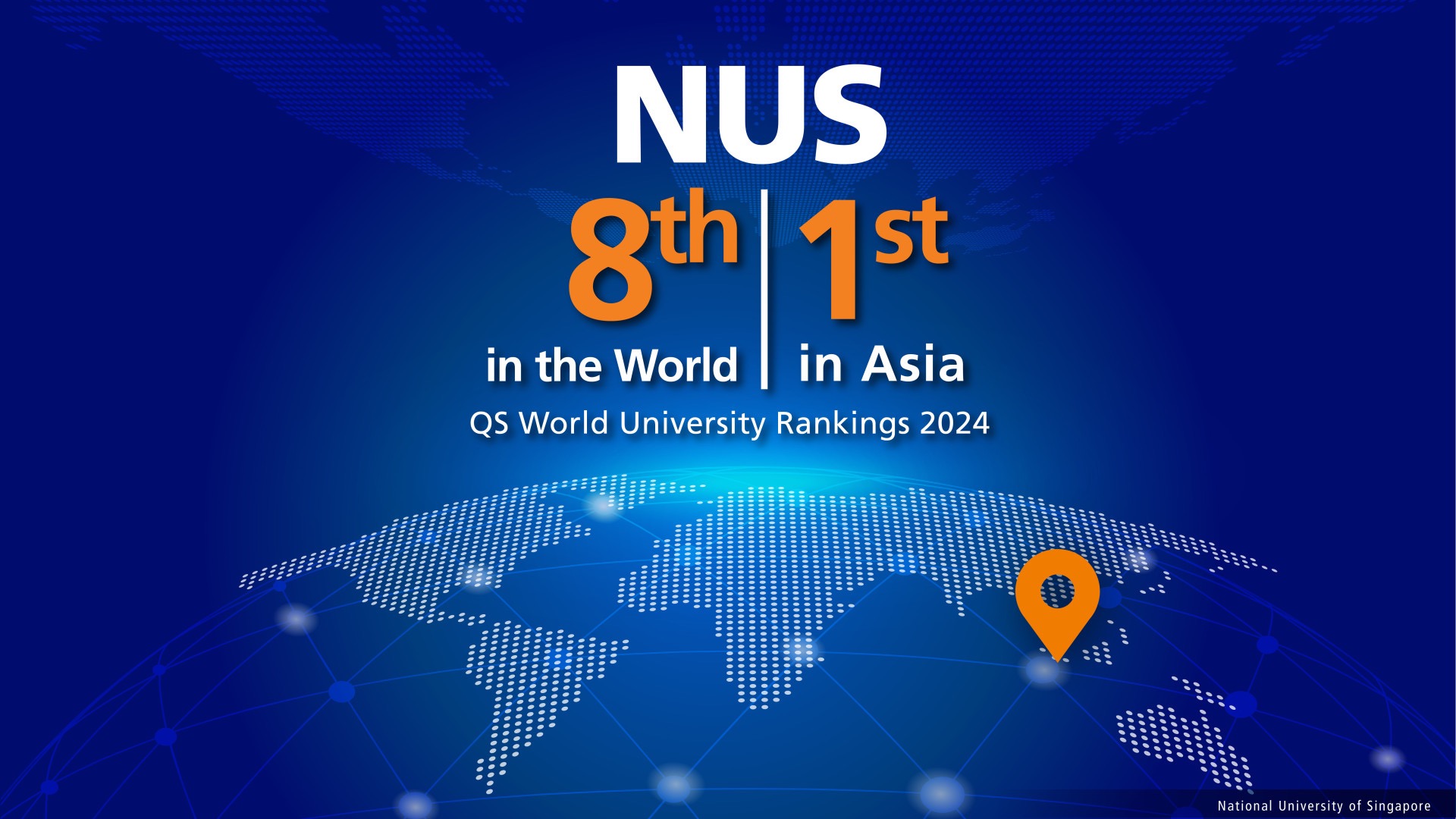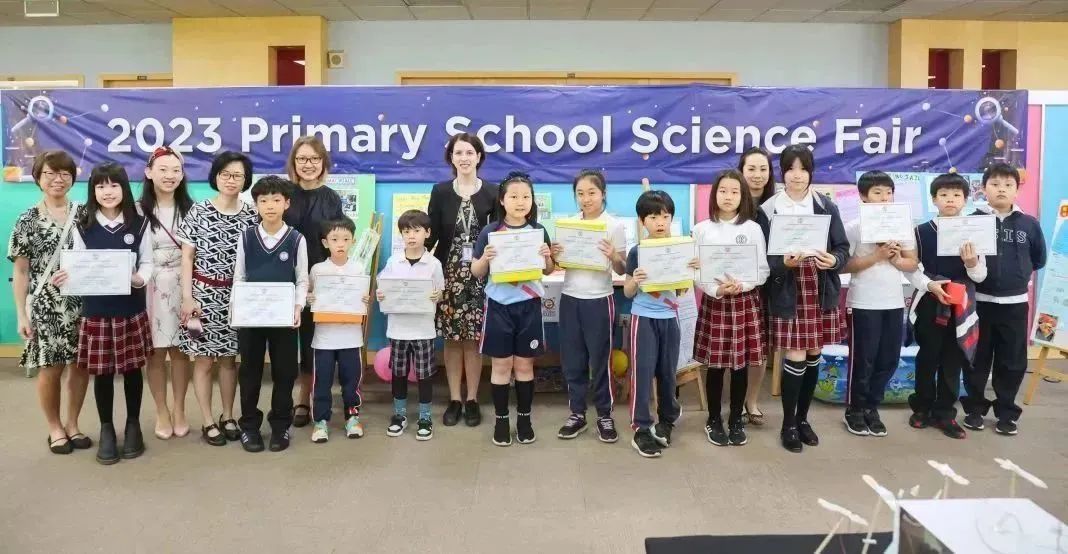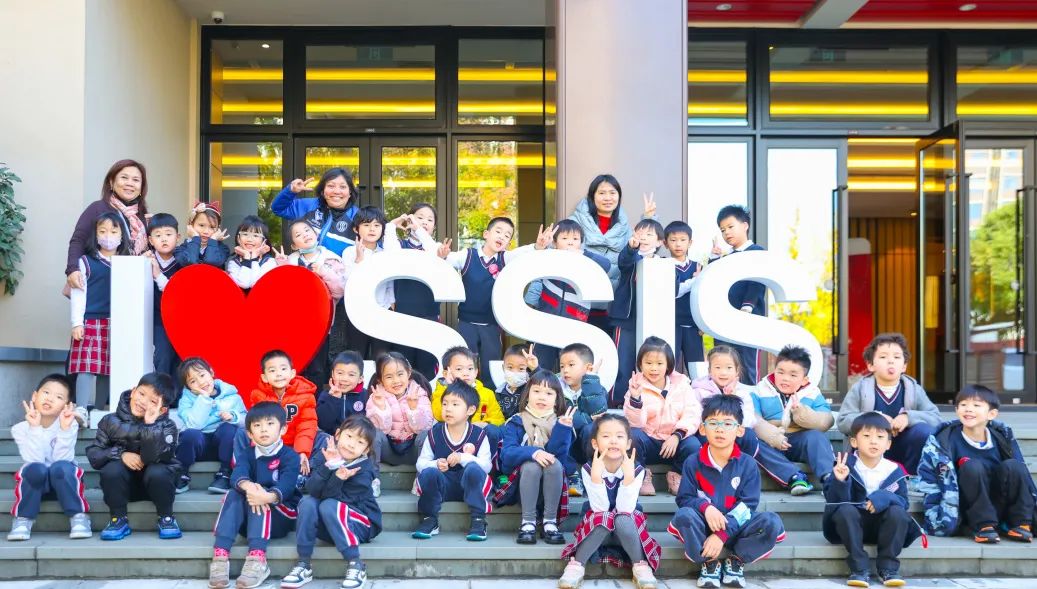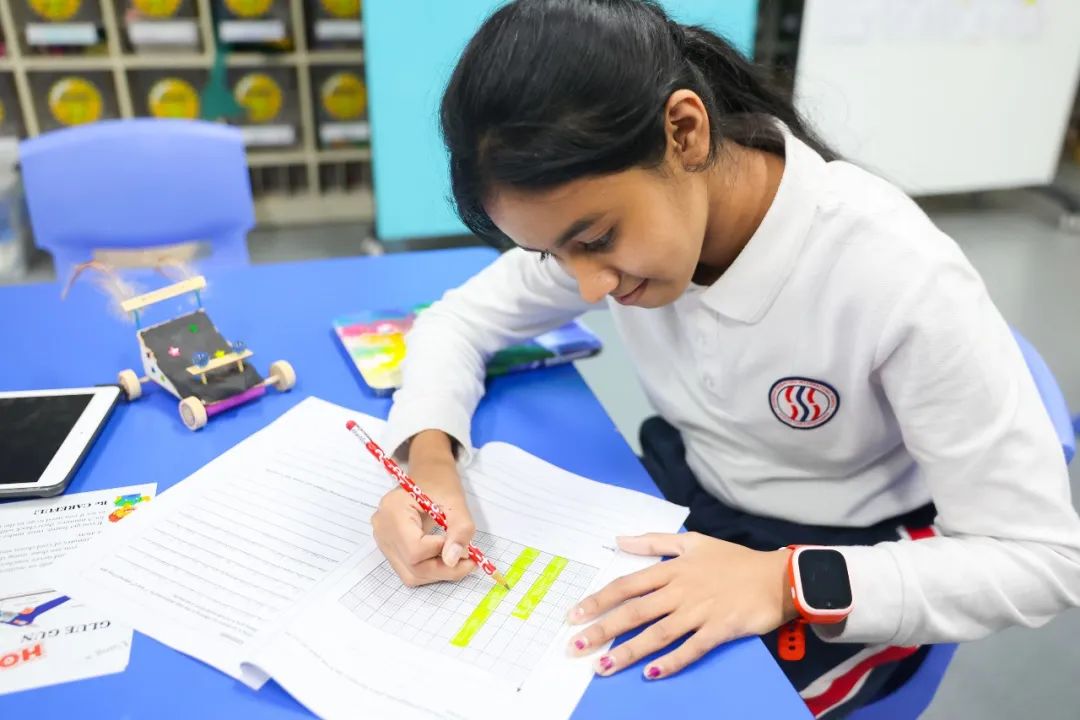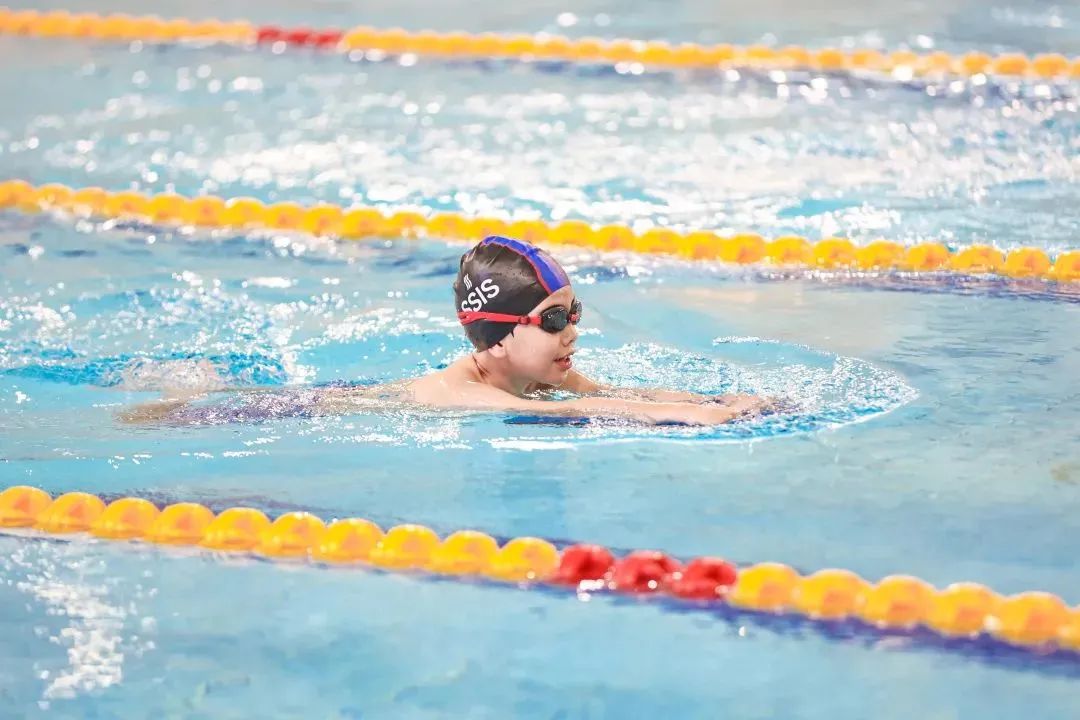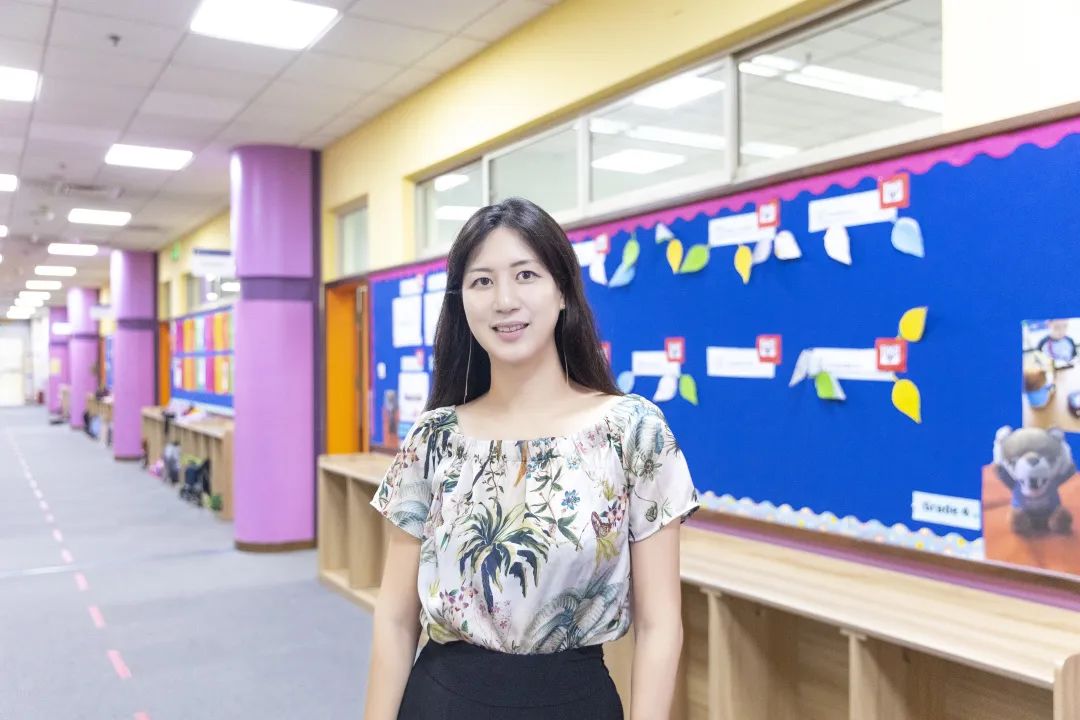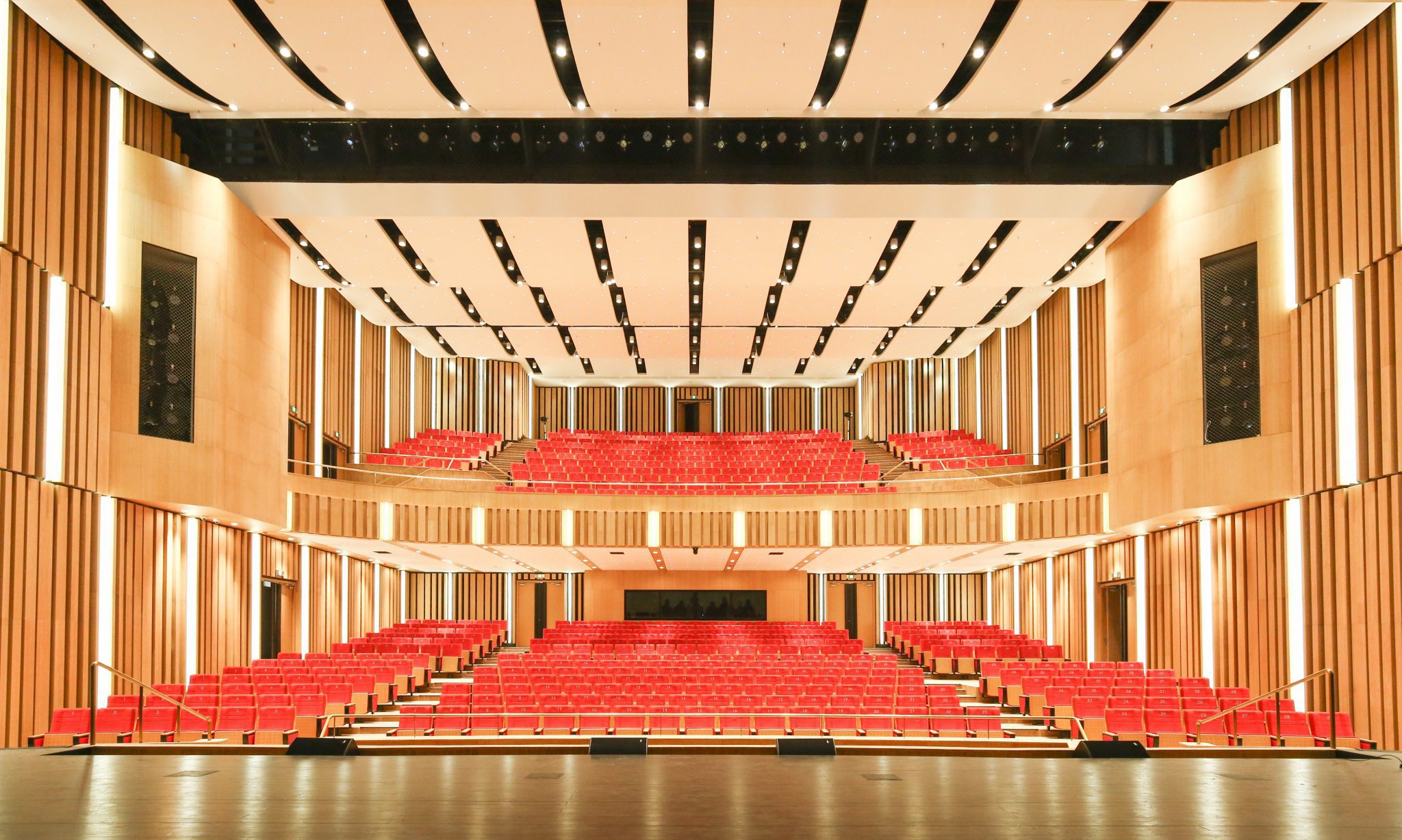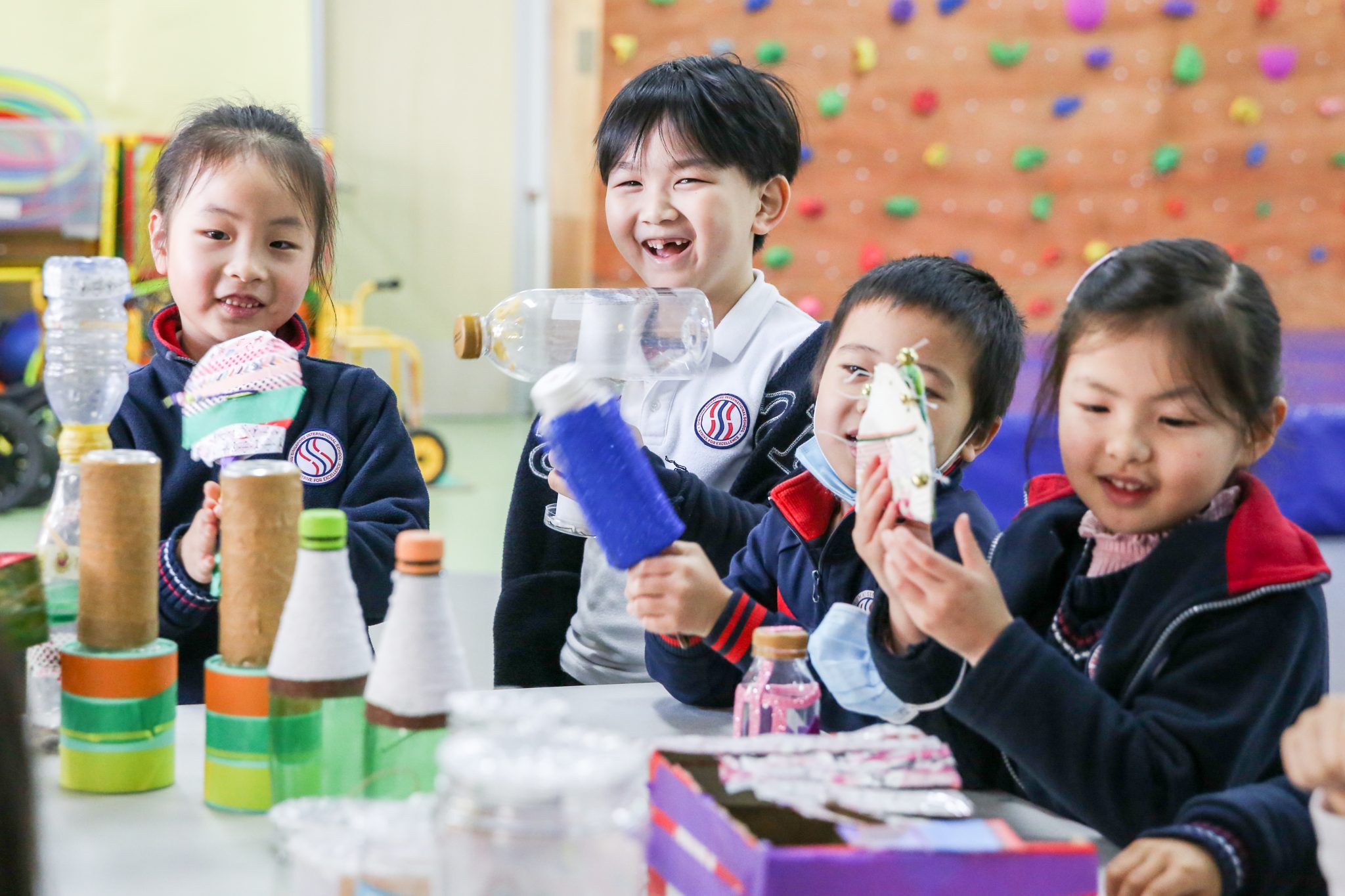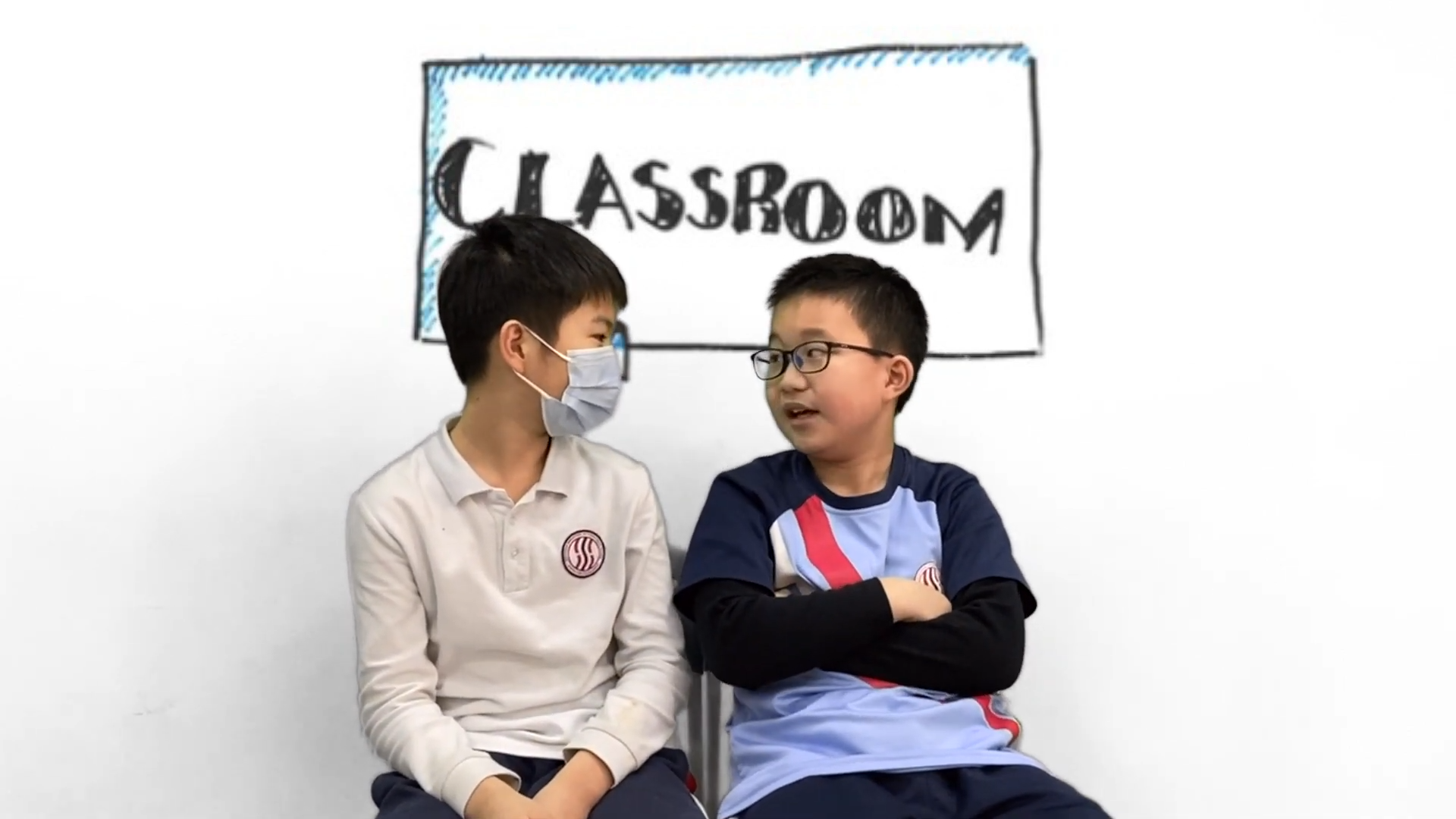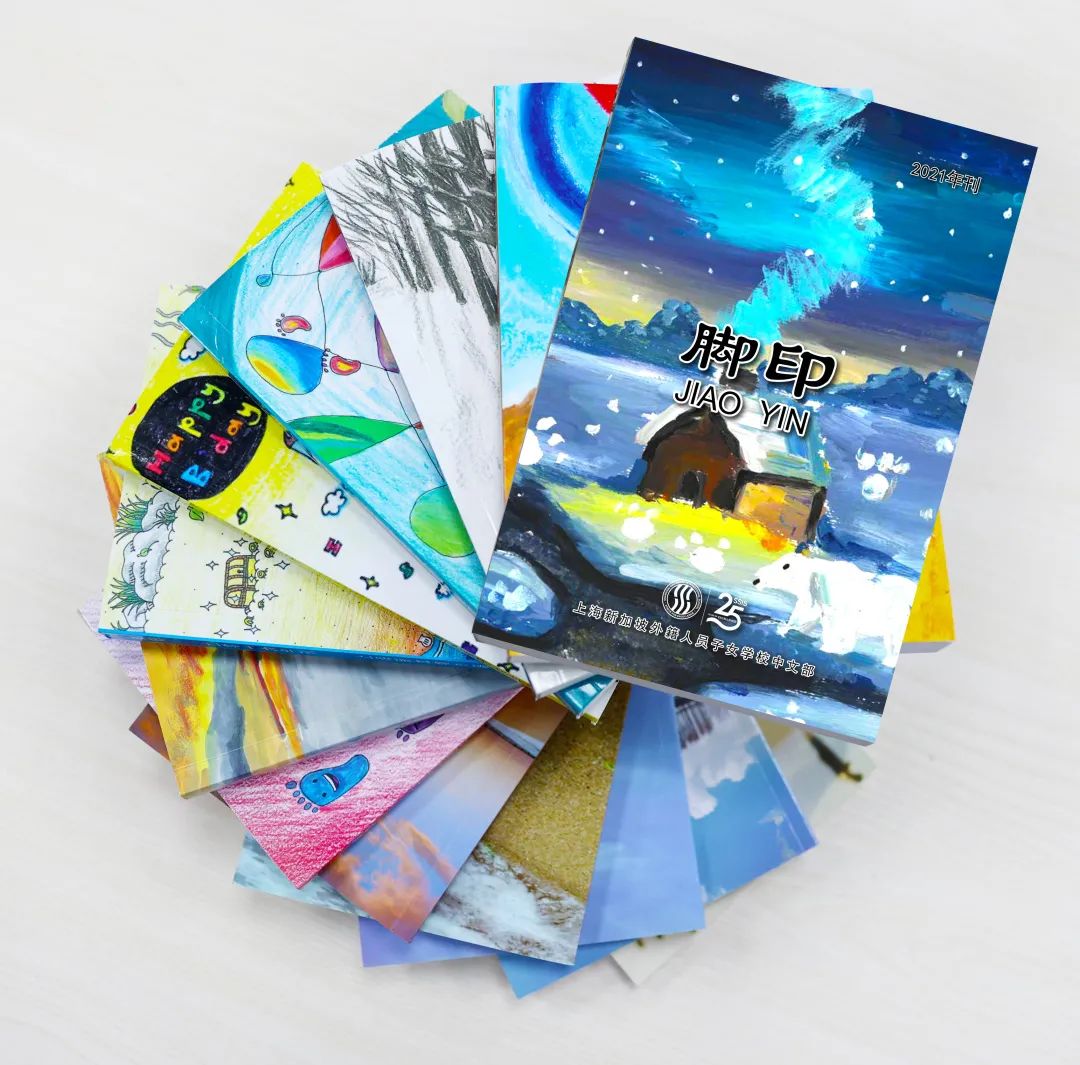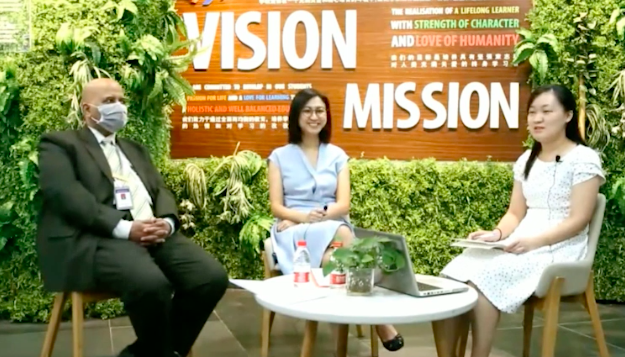
On 23 July, Primary School Assistant Principal Ms Gwendolyn POH and Mr Vineet KATTI, SSIS Senior School Mathematics HOD, conducted a live stream on the subject of Singapore Mathematics.
They explained the efficacy of its methodology and how it is taught in SSIS. They also spoke at length about the transition from Preschool, which prepares the students for the Singapore Mathematics curriculum in the Primary, which in turn leads them to be ready for Senior School.
For parents who are interested in watching the full replay of the session, please scan the QR code:
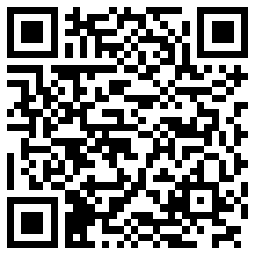
Below we have summarised some main points of discussion for parents:
01
What are the main characteristics of SSIS Mathematics Curriculum?
The core of Singapore’s Mathematics was to “make thinking visible”. Its essence was to allow students to fundamentally understand and integrate mathematical concepts.
Ms POH continued by citing Dr LEE Ngan Hoe (Associate Professor with the Mathematics & Mathematics Education in the National Institute of Education): “Singapore’s Mathematics curriculum has a coherent framework that succinctly articulates our philosophy and beliefs of what we should do in a Math classroom. It is a holistic package that has key pedagogical approaches, and critical curriculum development approaches articulated in the curriculum.
“For example, the framework tells teachers what to emphasise in the classroom, while also describing how content is developed to account for the complexity of the discipline—together with the cognitive development of the child. The pedagogical approach, especially at the primary level, advocates that teachers use multiple representational approaches, which we call ‘CPA’ or ‘Cognitive-Pictorial-Abstract’. Model drawing, which many parents might be familiar with, is one of the many visual tools.”
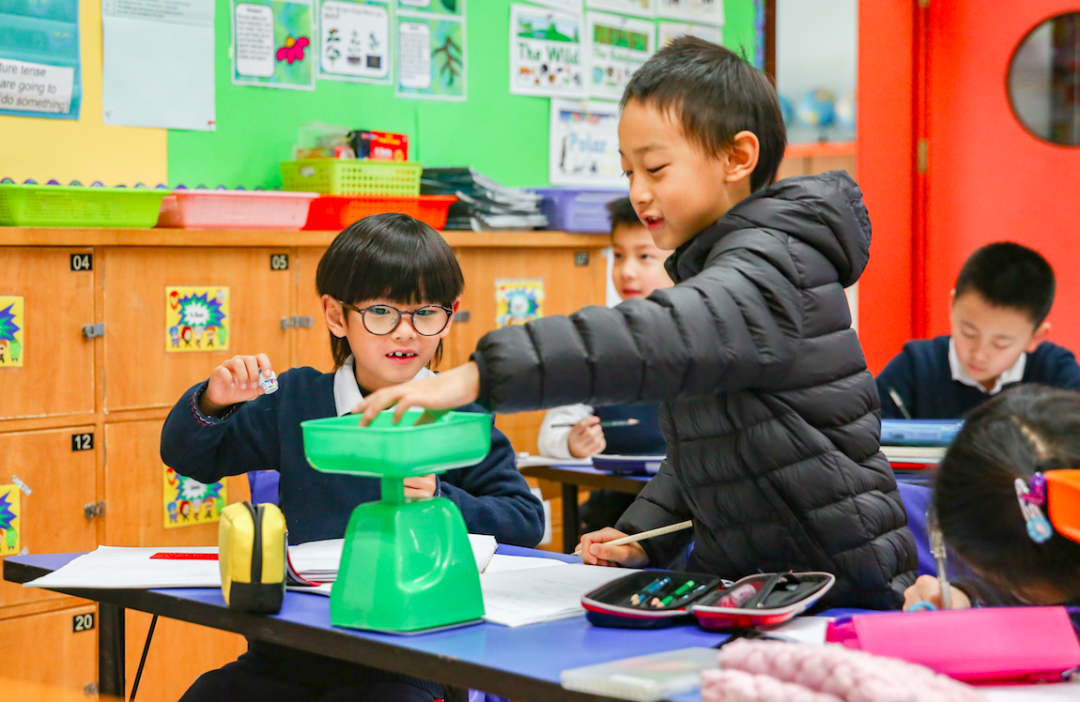
02
How is learning math important for a student’s overall learning?
Skills that we emphasise in Singapore Mathematics help students to develop process skills such as reasoning and communicating, raising metacognition in problem-solving and nurturing a positive attitude towards learning. These skills and positive learning attitude aid in the learning of other subjects.
Mr Vineet KATTI shared his view that Singapore Mathematics provides a smooth transition to the IGCSE and IB Mathematics Curriculum. The strong foundation allows students to maintain their academic rigour in IGCSE and IB.
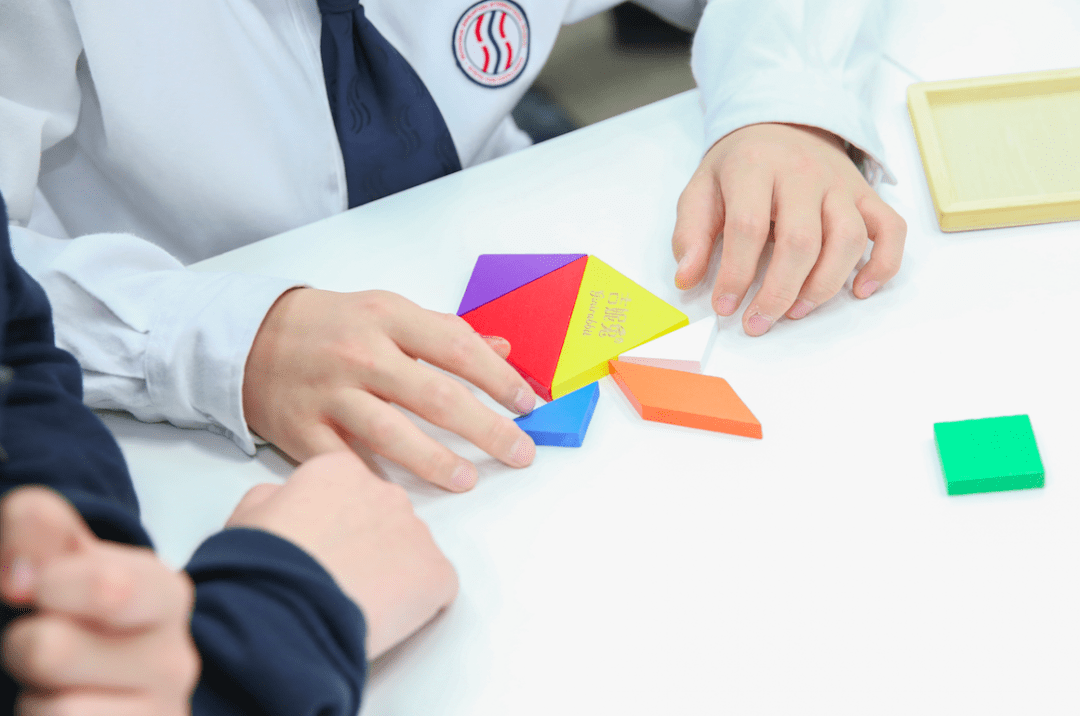
03
Is English language proficiency needed to learn Mathematics?
Our international students come from more than 20 different countries. At SSIS, we start Pre-Math concepts in our preschool as young as two years old. They enter with close to zero foundation in language, but we prepare them for formal education, though having a good foundation in English is an edge.
However, since the curriculum emphasises the CPA approach, the student should be able to adapt while they build up their English proficiency. SSIS has many Preschool students who enrol with little English background but are successful in picking up both the language and subject knowledge as they progress through the grades.
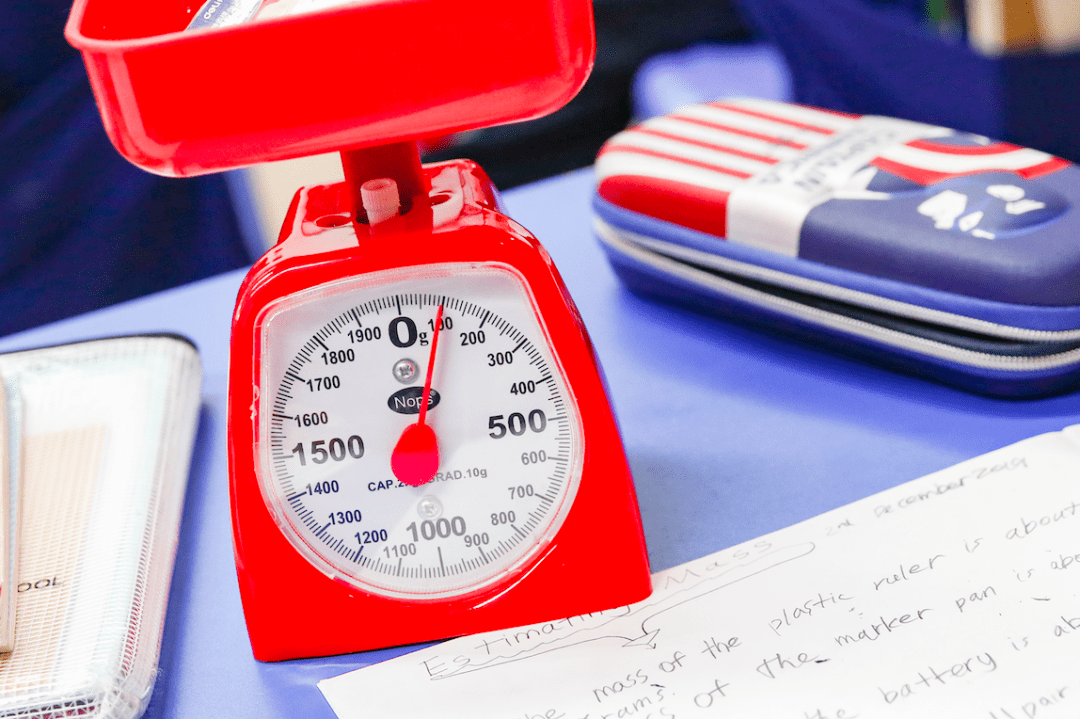
04
How is the mathematics curriculum conducted in SSIS different from local schools in Singapore?
“At SSIS, we adopt the same Mathematics curriculum, and we teach the same concepts and topics. One key difference is that at SSIS, the students do not need to prepare for the Primary School Leaving Examination. I would say that in SSIS, the Mathematics curriculum has less pen-and-paper based assessments, and there are different modes of assessment to cater to varying types of learners,” said Ms POH. “Here, we have topical tests, as opposed to the mid-year or end-year examinations (in SG) with questions of different difficulty level, which students can use to assess their encapsulation of each topic. There are also practical tests, journals and projects, where different types of learners can present their learning and demonstrate the depth of their knowledge in the topics.”
As part of the holistic education, SSIS provides STEAM as part of our curriculum, which allows students to integrate the use of Mathematics to solve real-life problems. We want students to be able to fully enjoy the process of learning math, especially at a young age, while catering to students from different countries. Remember, we want our students to think like mathematicians.
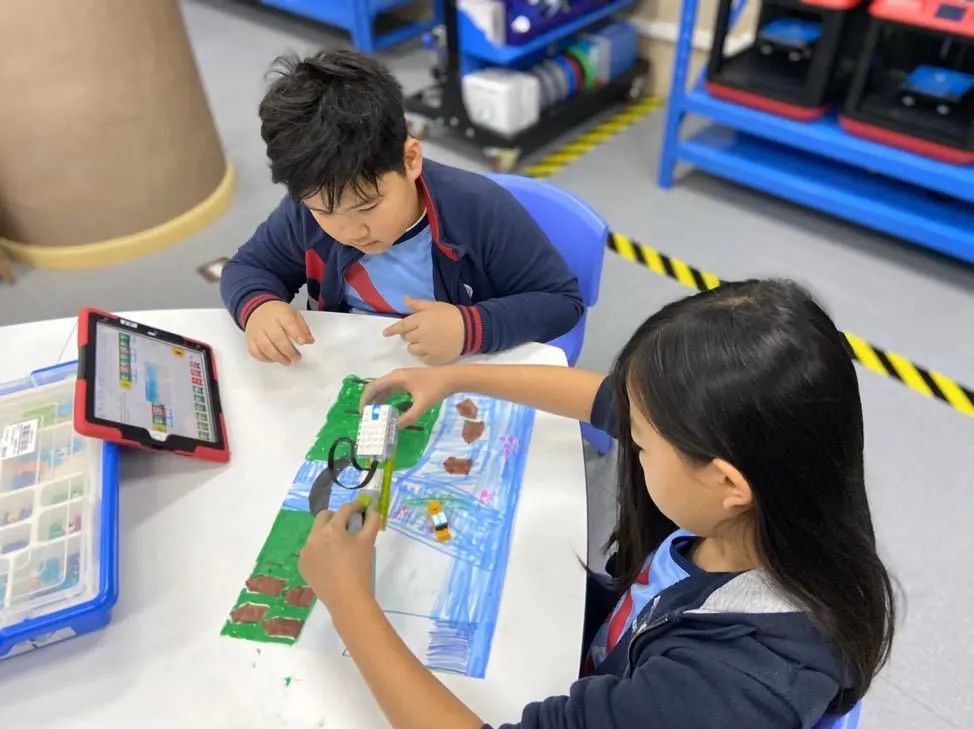
05
How can parents inspire a love for math in younger children?
Ms POH: “For younger children, we move away from theoretical and pen and paper. It would be great if they could incorporate math into their daily lives. One can purchase many Math games online, and when parents make it a fun learning process, it subconsciously builds up their child’s love for learning it at home. Beyond formulas, the key to learning at home is making it fun!”
Mr VINEET added that he agreed with Ms POH regarding the use of games to help a child learn. “It is an effective strategy, even in Senior School. In SSIS, teachers set challenging math games during the annual Math Week for students to solve and discuss.”

If you are interested in the following, then watch our video of the session:
- Is every child suited for Singapore Mathematics?
- What is the difference between Singapore Math and Singapore Olympian Math?
- How can I prepare my child for formal education?
- Does SSIS provide any parent education workshops to help their children in their learning?
- What are the modes of assessments in Primary Mathematics?
The current iteration of Singapore Mathematics in SSIS exists to help students understand it and thus establish a solid mathematical foundation. By developing critical thinking skills and a passion for learning, our students can excel in all aspects of their education.
We welcome parents who are interested in getting in touch with our Admissions team:
Admissions Enquiry:18701985403 / 8621-62216881
Admissions Email: admission@ssis.asia
School Website:www.ssis.asia
Address:301, Zhu Jian Road, Minhang District Shanghai

